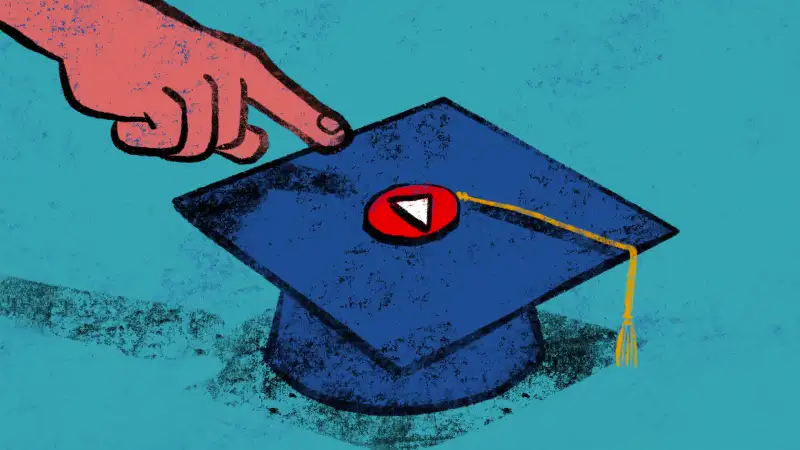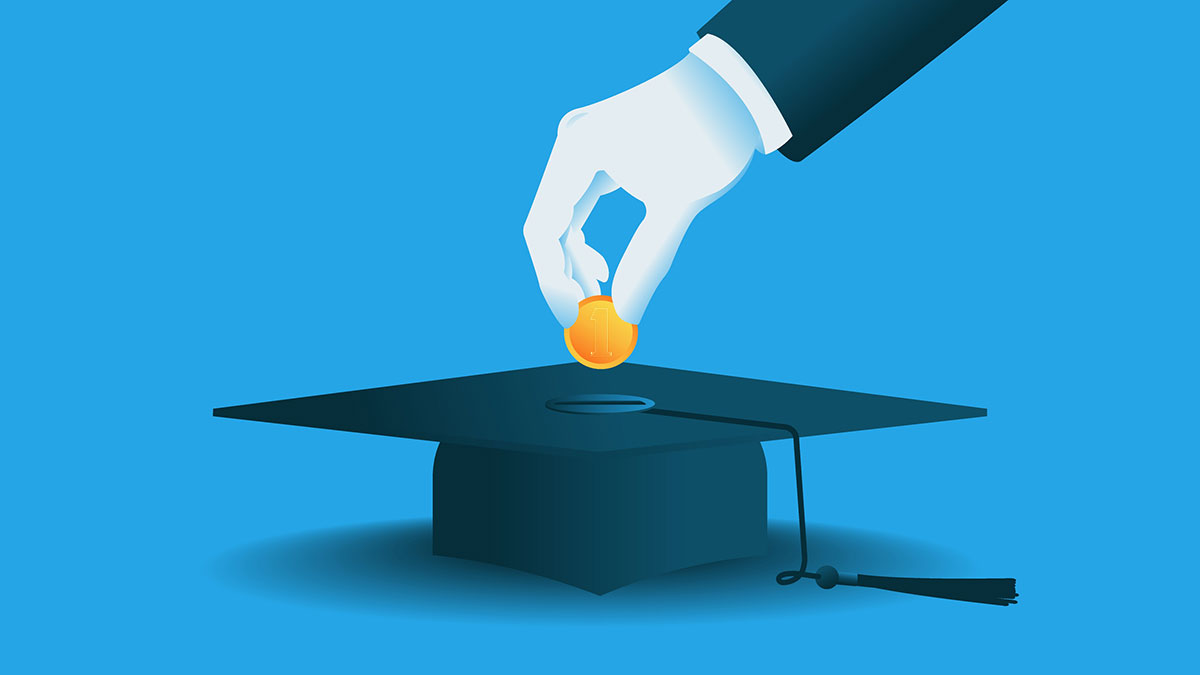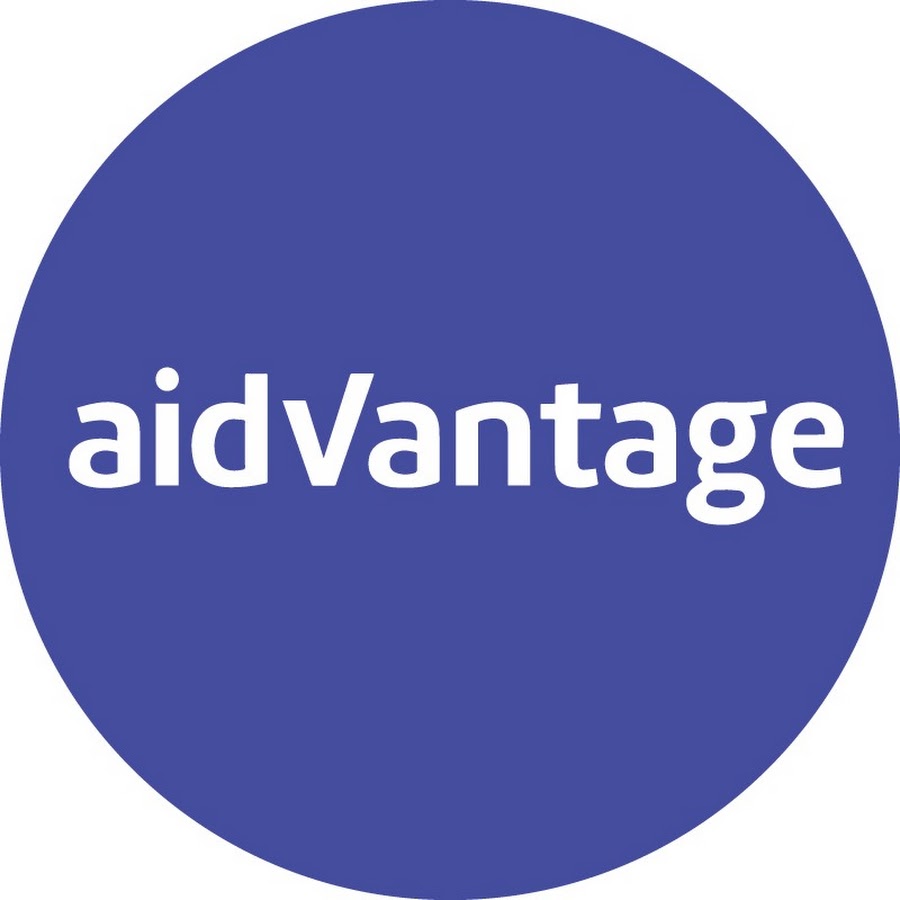The restart of federal student loan repayment affects millions of Americans. This guide will help you understand your options and create a plan to manage your loans effectively.
Understanding the Current Situation
Federal student loan repayment is resuming for 43 million Americans. This comes at a time when many people are struggling with high costs for basic needs like housing and food. But don’t worry! There are ways to make your loan payments more manageable.
What Every Federal Student Loan Borrower Should Do
- Check Your Loan Servicer
- Log in to studentaid.gov
- Find out who handles your loan payments
- This company is called your “loan servicer”
- Update Your Information
- Log in to your loan servicer’s website or call them
- Make sure they have your current contact details
- Check how much you owe, your monthly payment, and interest rate
- Use the Loan Simulator
- This tool helps you find the best way to repay your loans
- Visit studentaid.gov to use the Loan Simulator
Loan Servicer Contact Information
Here’s how to reach your loan servicer:
| Loan Servicer | Phone Number | Website |
|---|---|---|
| Aidvantage | 1-800-722-1300 | https://aidvantage.com/ |
| ECSI | 1-866-313-3797 | https://efpls.ed.gov/ |
| Edfinancial | 1-855-337-6884 | https://edfinancial.com/home |
| MOHELA | 1-888-866-4352 | https://www.mohela.com/ |
| Nelnet | 1-888-486-4722 | https://nelnet.com/welcome |
| Default Resolution Group | 1-800-621-3115 | https://myeddebt.ed.gov/ |

Can You Afford Your Payments?
After checking your account, ask yourself:
- Can I pay this amount each month?
- Does it fit in my budget?
If you can pay:
- Update your payment information
- Consider setting up automatic payments
- This might lower your interest rate by 0.25%
If you’re worried about paying:
- Don’t panic! There are options to help you
Options for Struggling Borrowers
- Income-Driven Repayment (IDR) Plans
- These plans base your payment on how much you earn
- If you don’t earn much, you might pay as little as $0 per month
- The newest plan is called SAVE (Saving on a Valuable Education)
- Call your loan servicer to find the best plan for you
- You can also apply online at studentaid.gov
- Repayment “On-Ramp”
- This is a 12-month period to help you adjust to payments
- It runs from October 1, 2023, to September 30, 2024
- If you miss payments during this time:
- You won’t be considered late or in default
- It won’t hurt your credit score
- But interest will still add up on your loans
- Fresh Start Program
- This helps if your loans were in default before the payment pause
- It can move your loans back into good standing
- To apply, you can:
- Go to https://myeddebt.ed.gov/
- Call 1-800-621-3115
- Send a letter to P.O. Box 5609, Greenville, TX 75403
- You have until September 30, 2024, to apply
Special Information for Public Service Workers
If you work for the government or a non-profit:

- You might qualify for Public Service Loan Forgiveness (PSLF)
- This program can forgive your remaining loan balance after 10 years of payments
- Contact MOHELA, the loan servicer for PSLF, to learn more
- Use the PSLF Help Tool at studentaid.gov
Frequently Asked Questions (FAQs)
Q:1 What happens if I miss a student loan payment?
A: Missing payments can have serious consequences:
- After 30 days: You might be charged a late fee
- After 90 days: It can hurt your credit score
- After 270 days: Your loans go into default, which can lead to wage garnishment
Q:2 Are private student loans different?
A: Yes, private loans have different rules:
- Late fees and reporting times may vary
- They can default sooner, often after 120 days
- Private lenders can’t take your tax refunds, but they can sue you
Q:3 How can I avoid missing payments?
A: Here are some tips:
- Set reminders for your due date
- Make sure you’re receiving bills from your servicer
- If you’re having money troubles, contact your servicer right away
- Look into income-driven repayment plans if you can’t afford payments long-term
Q:4 What should I do if I’ve already missed a payment?
A: Don’t panic! Take these steps:
- Contact your loan servicer immediately
- Explain your situation and ask about your options
- If it’s your first time, ask if they can waive the late fee
- Discuss ways to avoid missing future payments
Protecting Yourself from Student Loan Scams
As repayment restarts, be aware of potential scams:
- Never pay upfront fees for loan help
- Don’t share your Federal Student Aid ID with anyone
- Be suspicious of promises of immediate loan forgiveness
- Remember, you can access all repayment options for free through your loan servicer or studentaid.gov
Key Takeaways
- Check your loan details: Log in to studentaid.gov and your loan servicer’s website
- Understand your options: Look into income-driven repayment plans and other programs
- Act quickly if you’re struggling: Don’t wait to contact your loan servicer if you can’t make payments
- Stay informed: Keep your contact information up to date and watch for communications about your loans
- Be cautious: Protect yourself from scams by only working directly with your loan servicer or the Department of Education
Remember, you’re not alone in this process. Millions of borrowers are in the same situation, and there are many resources available to help you manage your student loans successfully.
By understanding your options and taking proactive steps, you can create a plan that works for your financial situation and goals. Don’t hesitate to reach out to your loan servicer or visit studentaid.gov for more information and assistance.
